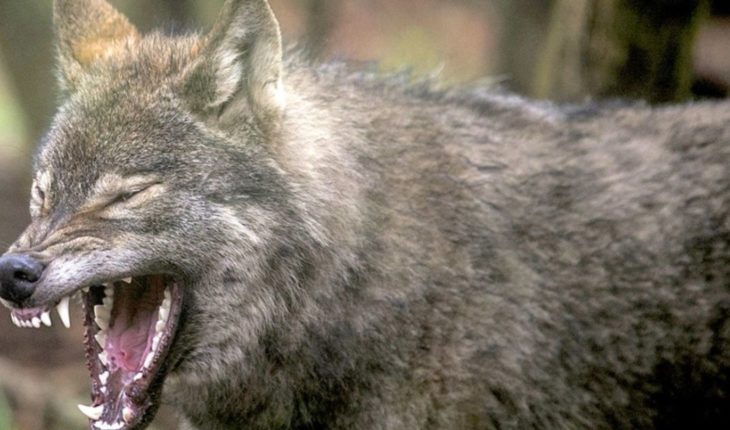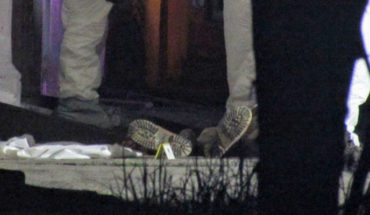The nuclear disaster occurred in the territory of the Soviet Union on April 26, 1986, which still today perceive environmental consequences and has served as an inspiration to one of the television series that is most talked about these days (Chernobyl , from HBO), released about 400 times more radioactive material than the bombings of Hiroshima and Nagasaki. These radioactive materials contaminated the Pripyat river, which flows into the Dnieper Reservoir, one of the largest surface water systems in all of Europe. As a result of this pollution, and fearing the risks it could entail for human health, the Soviet Union established a safety zone of 30 kilometres around the plant. Some 4,200 square kilometres were free of direct human influence: half of that Territory is Ukrainian, and the rest belongs to Belarus. What did the Belarusians and the Ukrainians do with that space? As strange as it may seem, ecological reserves. The Polesie state Radioecological Reserve, Belarus, is, in fact, one of the largest in all of Europe and the Ukrainian Biosphere Reserve, which was formed only in 2016. And, against what could be expected, life there proliferates.
The moose, one of the species that proliferates in the exclusion zone.
A group of scientists have been investigating for some years the species that inhabit the reserve, among which at least 14 species of mammals can be counted, such as moose, wild boar, grey wolves and raccoon dogs.
The brown bear reappeared in the area.
On the Ukrainian side, another project investigates the effects of exposure to radioactivity in humans and wild animals. They installed cameras at different points in the exclusion zone and documented the presence of, for example, birds, deer, squirrels and European bison. It was even detected that there were again grizzly bears, which had been eliminated by humans in the area 100 years ago. This video, made by National Geographic, shows some of the biological variety that inhabit the area.
According to the researchers, this does not mean in any way that radiation is good for wildlife, but that the effects of human activity (such as hunting and agriculture) are worse than what is thought. In this note:
Chernobyl
Series
Fauna
Animals





